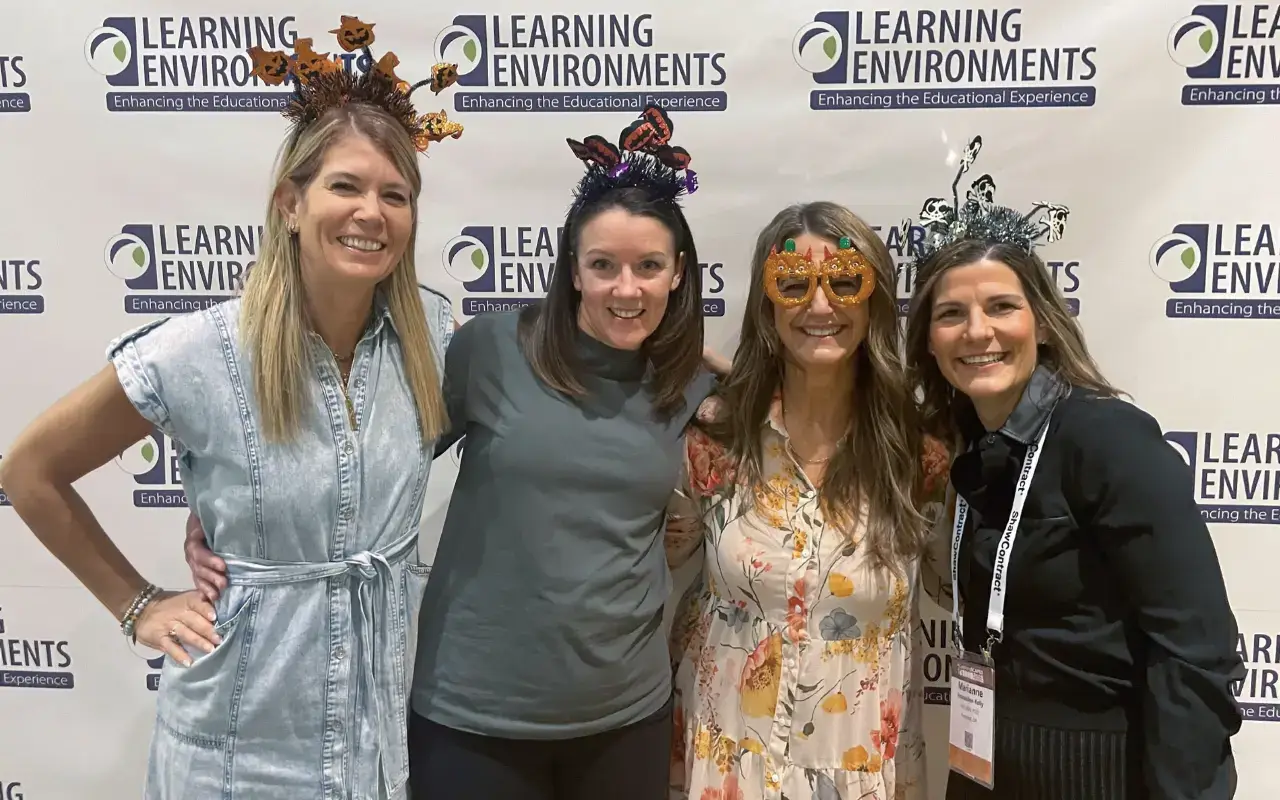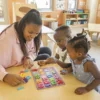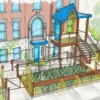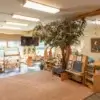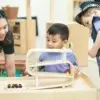We’ve just returned from LearningSCAPES 2025, where conversations focused on a fundamental shift. We are all supporting an “anxious generation” and feeling the tension between humanity and technology.
The central question was clear: How do we create spaces that not only help students learn, but also help them heal, thrive, and develop a lifelong love of learning? The answer, we believe, lies in an intentional connection between People, Practice, and Place.
It’s not enough to build a new space
A powerful session with a learning consultant shared a statistic that affirmed our entire approach. A new space alone supports only a 4-6% bump in metrics like engagement or test scores.
But when educators and students are involved in the process—when the new place is intentionally designed to support their practice and their people—that impact exceeds 20%. This is where true transformation happens. It confirms our work is to create activated environments that serve as essential tools for learning.
From compliance to well-being
To create this impact, an environment must feel as safe and welcoming as a home. This is a neurological necessity for a child’s development, not a preference. This is why we see a profound shift away from the plastic, vinyl, and bright primary colors of the past. That was the aesthetic of compliance.
What is needed now is the aesthetic of well-being:
- Biophillia: Access to natural light and solid wood materials.
- Calm: Soothing colors and natural textures that reduce stress.
- Connection: Bringing the outdoors in.
Our path forward
The future of learning isn’t about technology; it’s about humanity. By intentionally connecting the people, their practice, and the place they share, we can create environments that are active, essential tools for building a more resilient, curious, and connected generation.

Frequently Asked Questions (FAQs)
What do you mean by "People, Practice, and Place"?
This is the framework we use to create an effective learning environment. “Place” (the physical space) must be intentionally designed to support the “People” (students and educators) and their “Practice” (the curriculum and learning goals). True transformation only happens when all three are connected.
Why is moving away from plastic and primary colors so important?
The old aesthetic of plastic and bright primary colors was designed for compliance and containment. We believe the new “aesthetic of well-being”—which uses natural materials like solid wood, calm colors, and natural textures—is essential for supporting student well-being. It helps reduce stress and create the psychological safety needed for children to heal, thrive, and learn.
You mention a 20% impact. How is that achieved?
That 20% impact is achieved when a school moves beyond just building a new space and intentionally involves its “people” (educators and students) in designing the “place” to support their “practice.” The new environment becomes an active tool for learning, rather than just a passive container.
What is an "activated environment"?
An “activated environment” is one that is purpose-built to support agency, inquiry, and well-being. It’s a space where the furniture, flow, and materials are already designed to support a child’s natural desire to explore and learn, creating a “yes” space that fosters curiosity rather than restricting it.
What is the first step to creating an "aesthetic of well-being"?
The simplest first step is embracing biophillia, or our connection to nature. This can mean prioritizing natural light, bringing plants indoors, and incorporating furniture made from natural materials like solid wood. These elements are proven to help reduce stress and create a calmer, more welcoming atmosphere for everyone.


